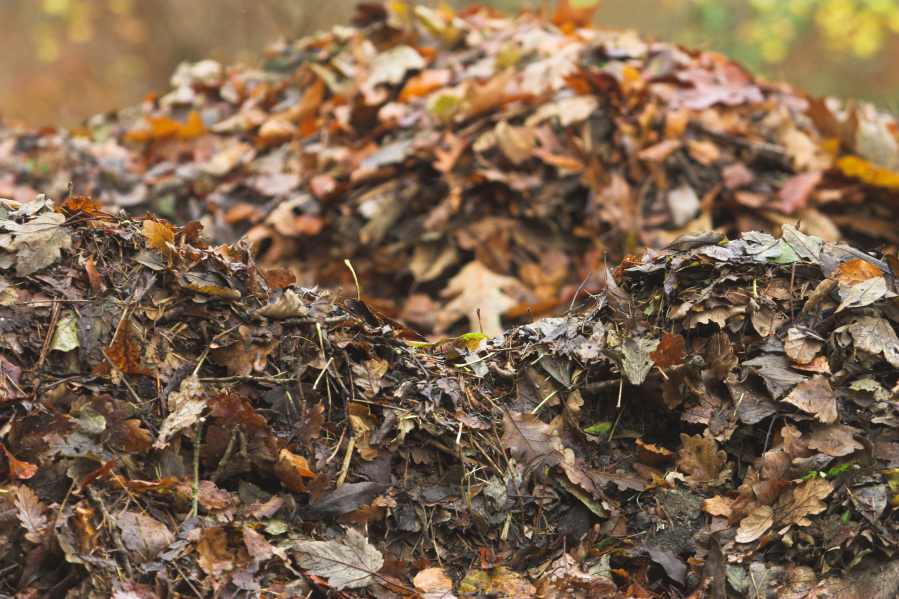Leaves of red, yellow, orange and green color the autumn landscape with their vibrant, dramatic hues, compelling us to pull on soft, warm sweaters, pour a mug of hot cider and curl up with a good book. But when they leave their branchy homes and gently sway to the ground, the compulsion to grab a rake and head outdoors for hours of back-breaking labor erases the tranquility almost immediately. Why not just let them be?
For starters, if left in place until spring, those leaves will smother your lawn, depriving it of sunlight and air. And when the soggy, matted debris is cleared away, you’ll be left with dead patches that will require reseeding. And that’s the best-case scenario: Diseases like snow mold and brown patch, and all sorts of fungi thrive between leaf and lawn, and you’ll find dealing with the aftermath is even more burdensome than raking would have been.
But there is one way you can leave your leaves and have your lawn, too: Mulch them. This is easier than it sounds, as it simply requires running your lawn mower over the leaves to shred them into little bits. Those bits will work their way between grass blades to the soil line, where they’ll gradually decompose and even add nutrients to improve the health of your turf. If there are too many to leave on the lawn, you can run the mower over them and move the resulting mulch to your garden beds, where they’ll serve the same function.
Mulching leaves isn’t only easier than raking — it’s more environmentally sound. Bagged-up yard debris adds nearly 33 million tons of solid waste to U.S. landfills each year, according to the Environmental Protection Agency. And its decomposition under those conditions (without adequate oxygen) can result in a release of methane gas, which tends to heat up when exposed to sunlight and can result in a too-warm atmosphere — and that’s not good for plants, wildlife or us.



